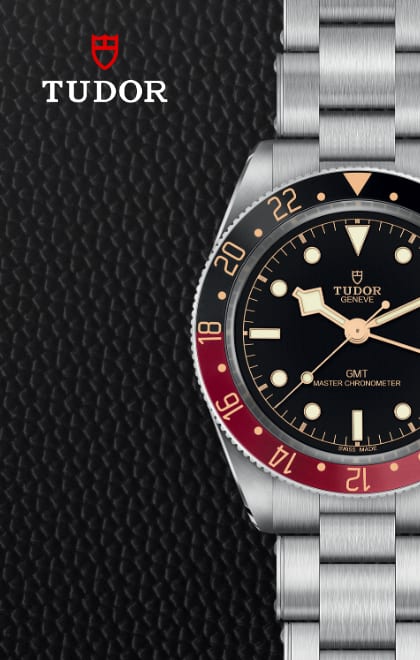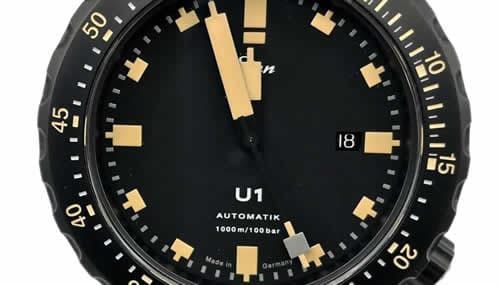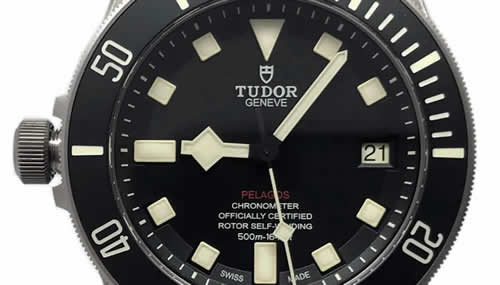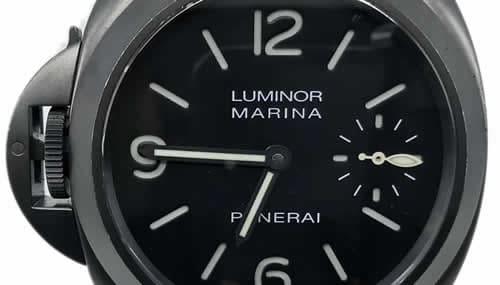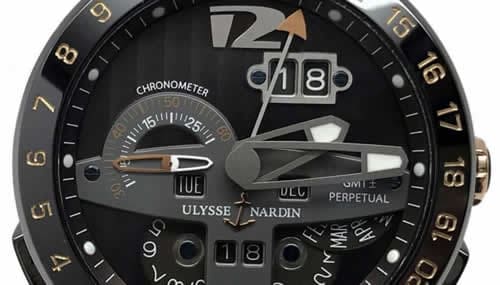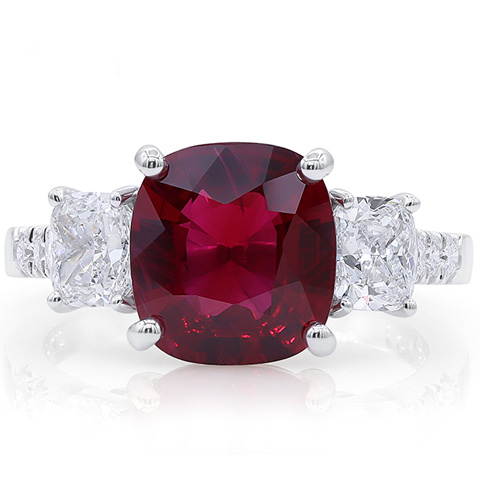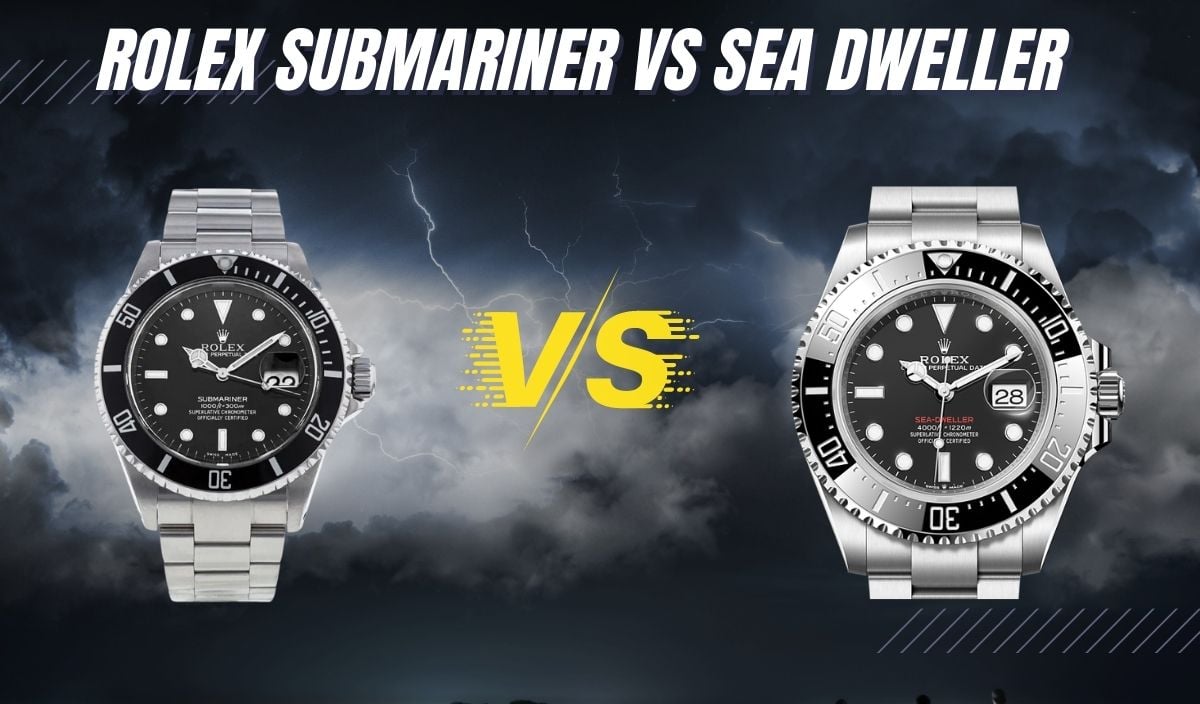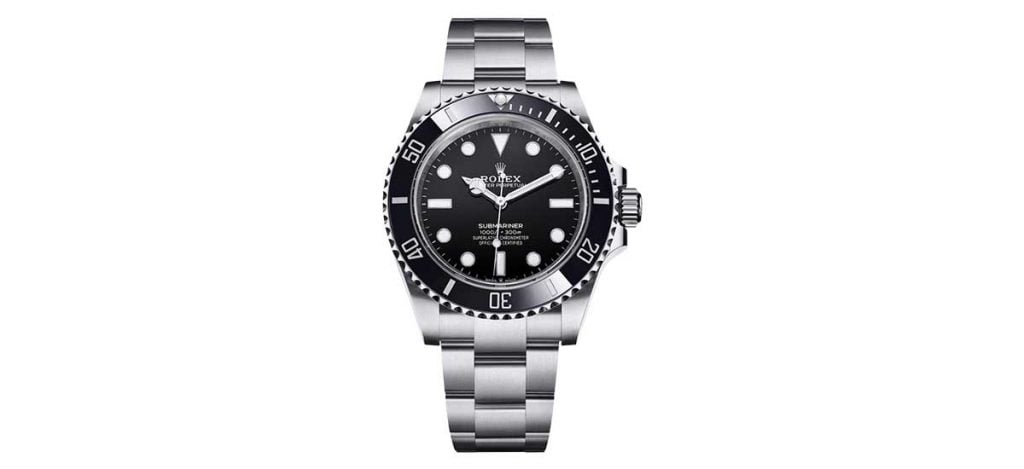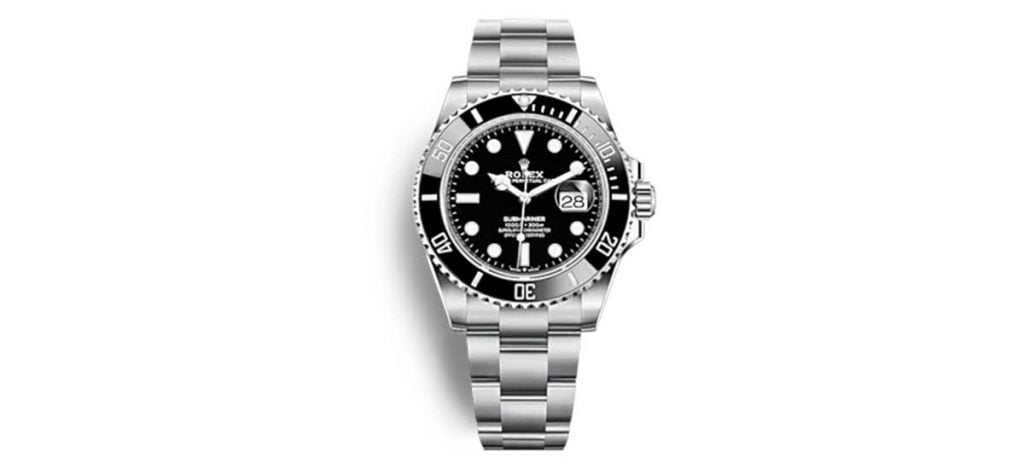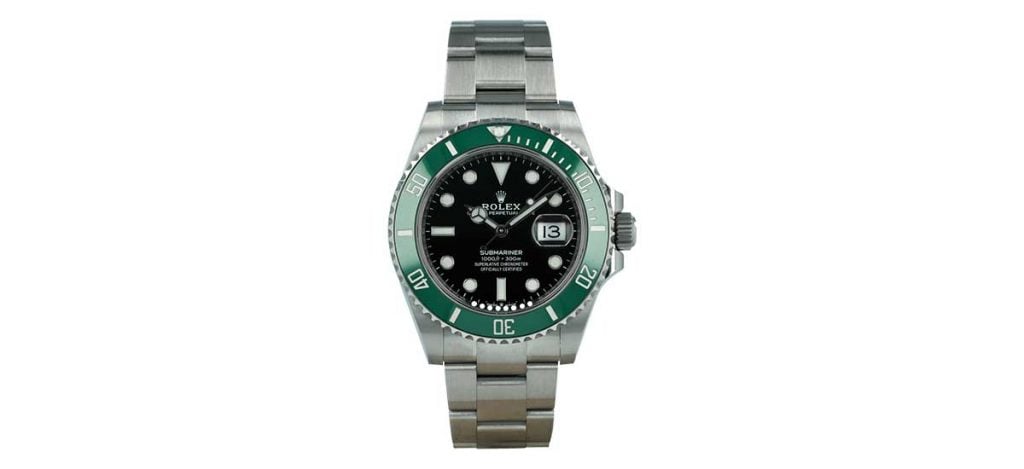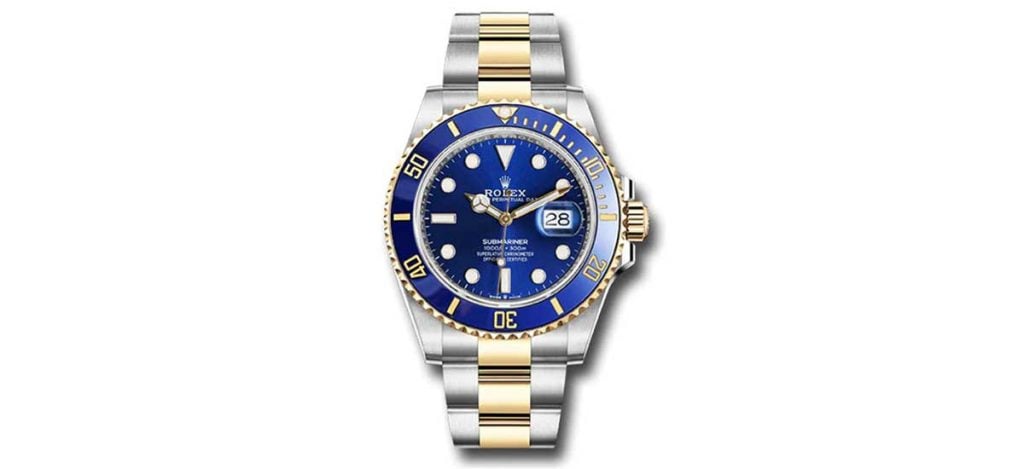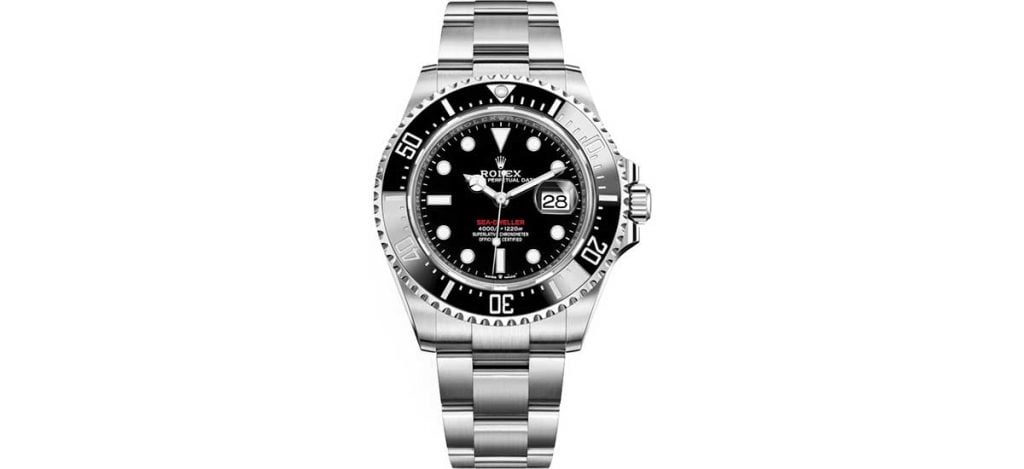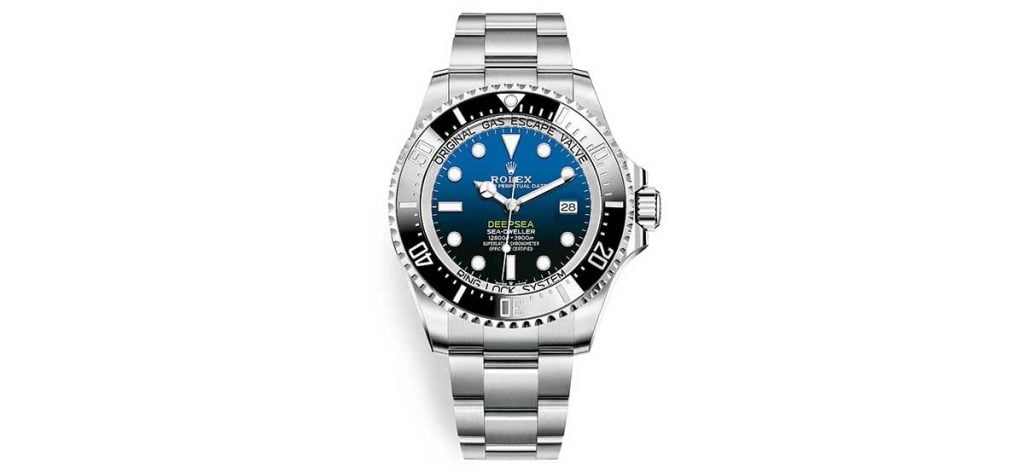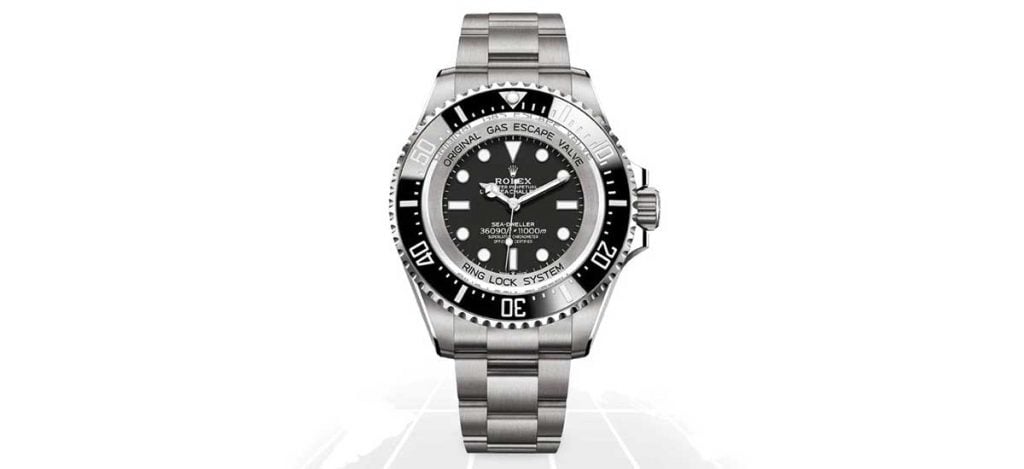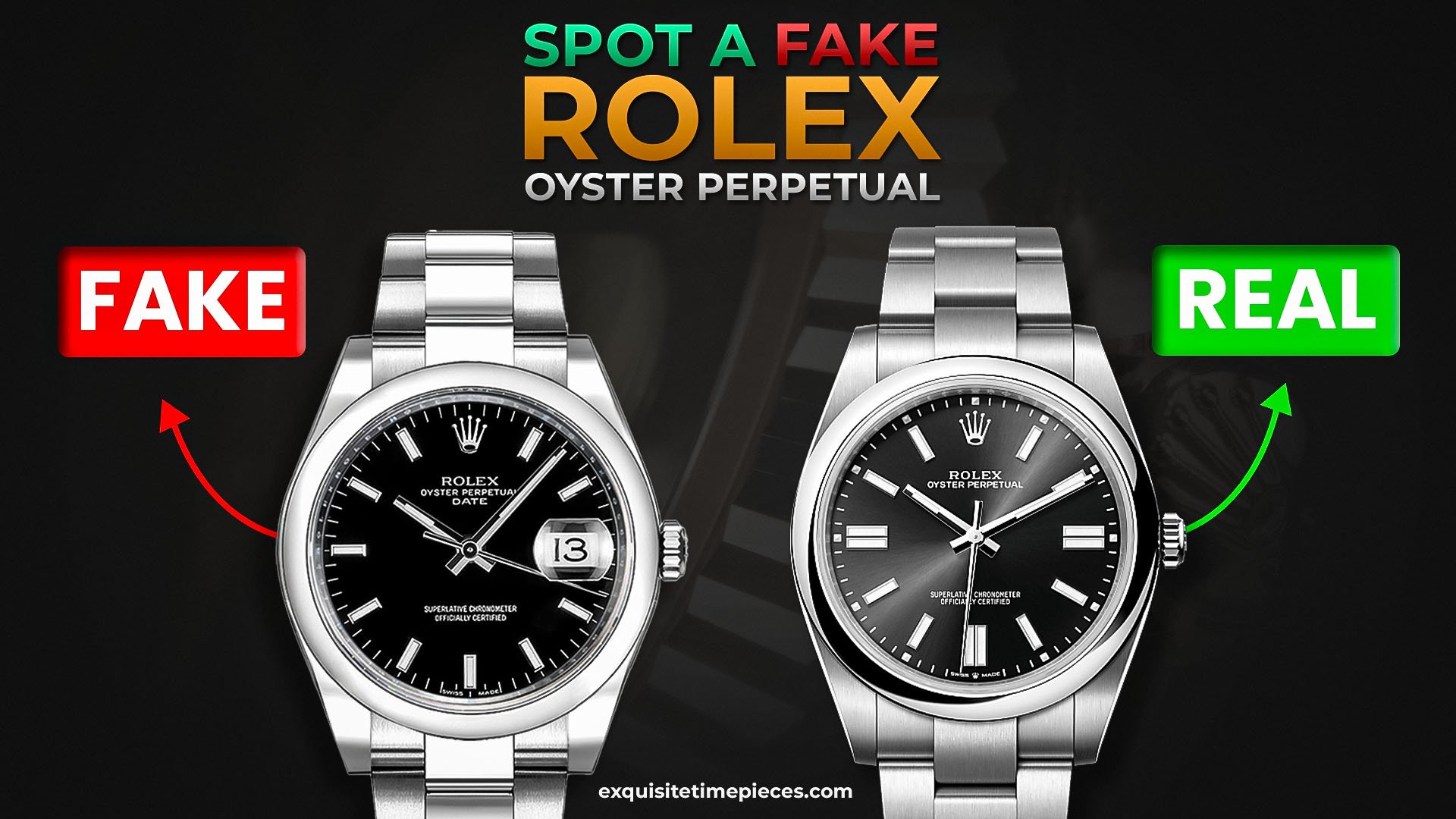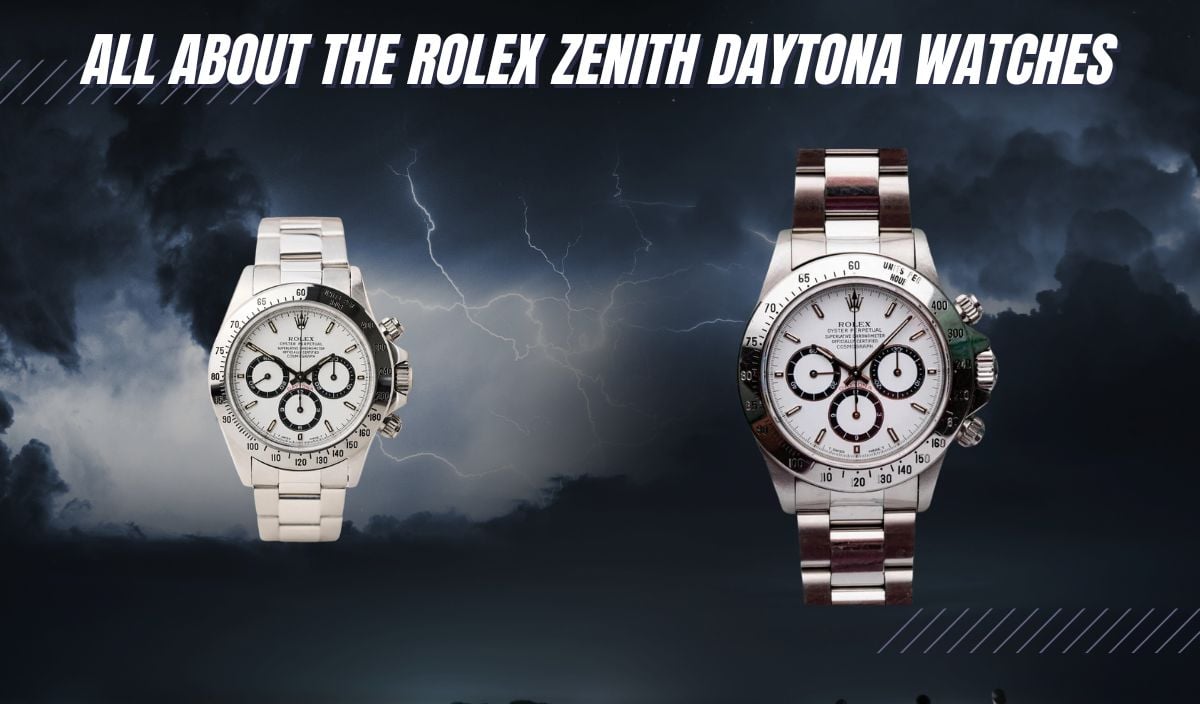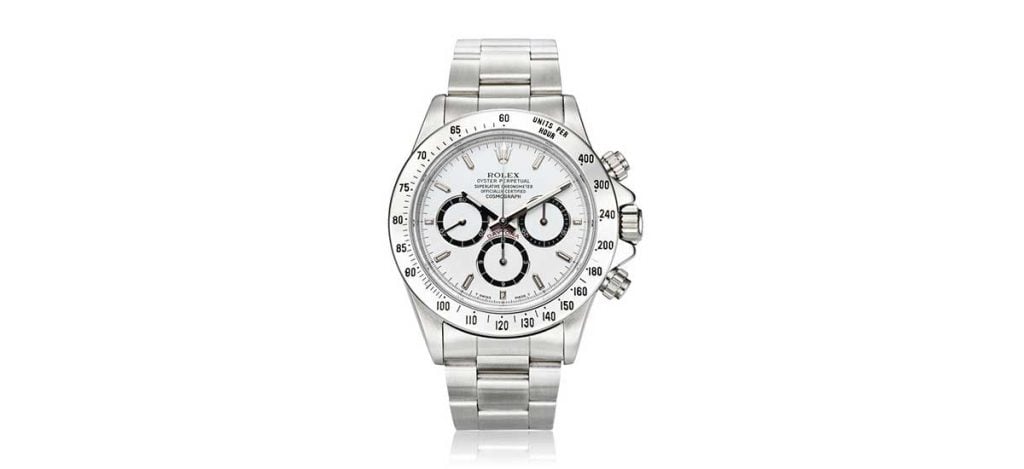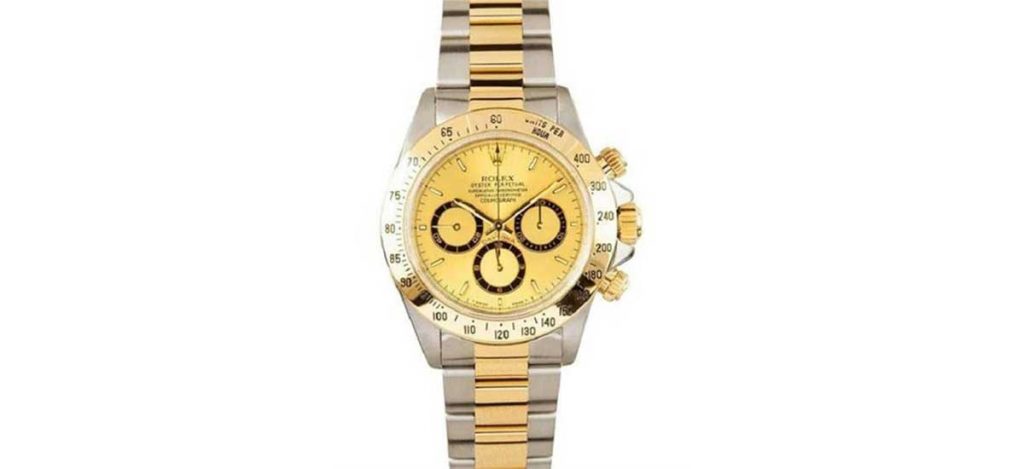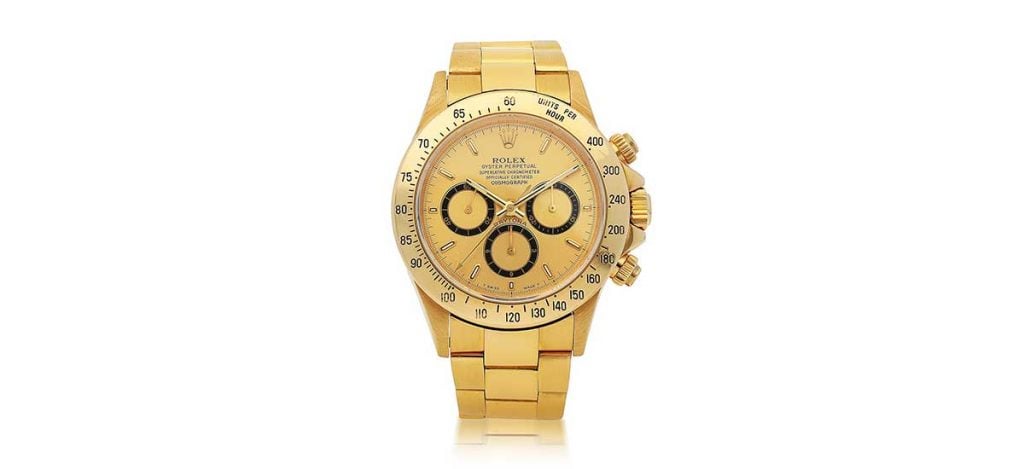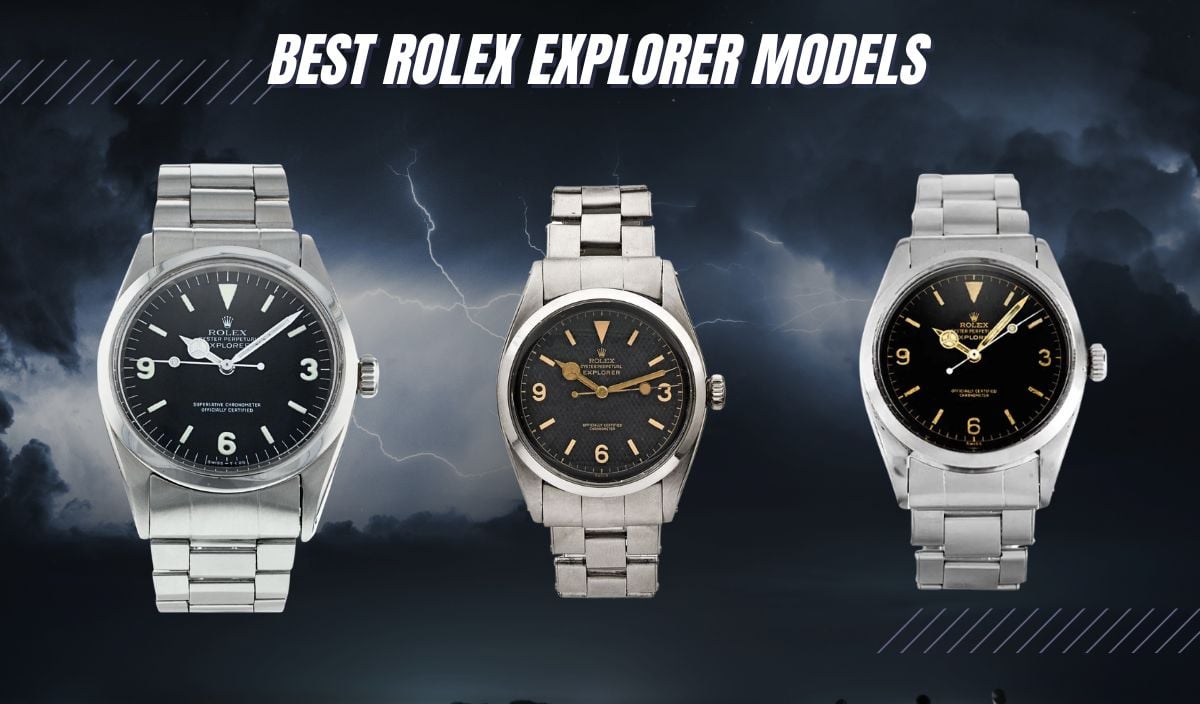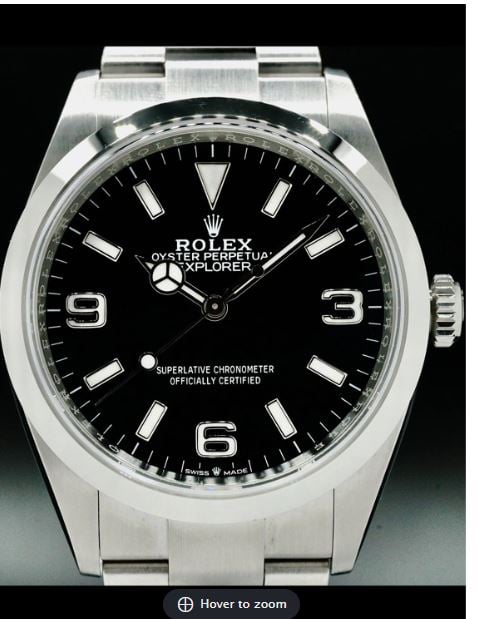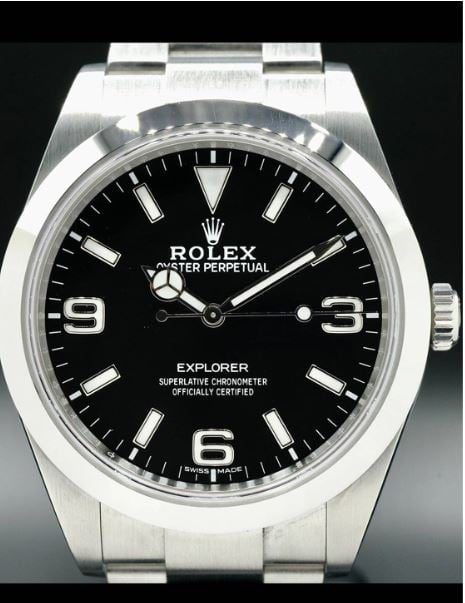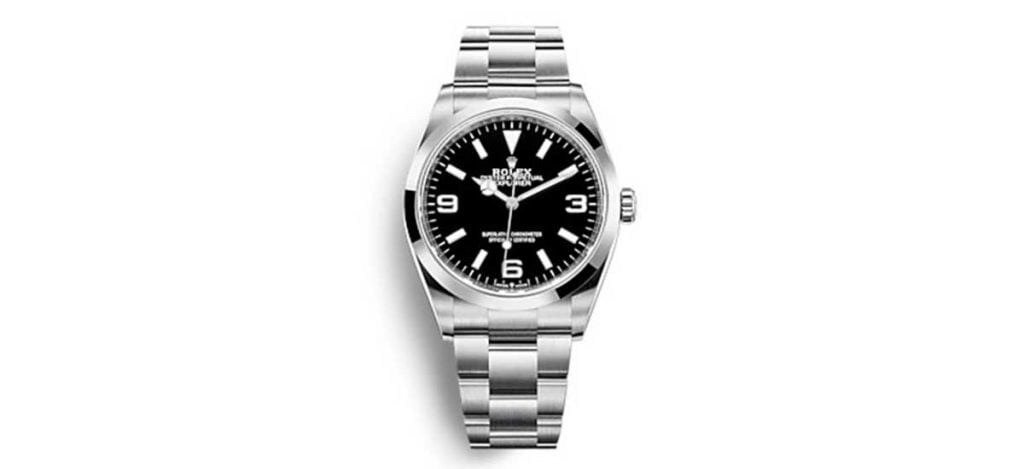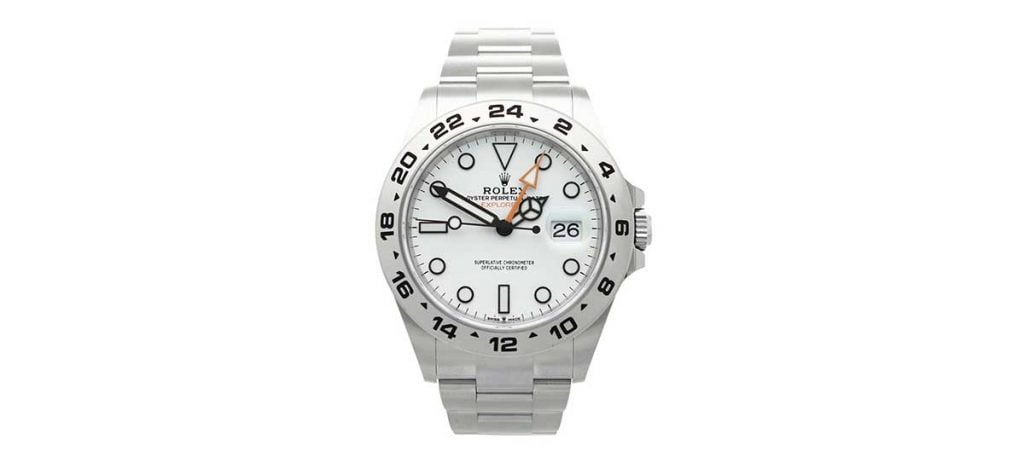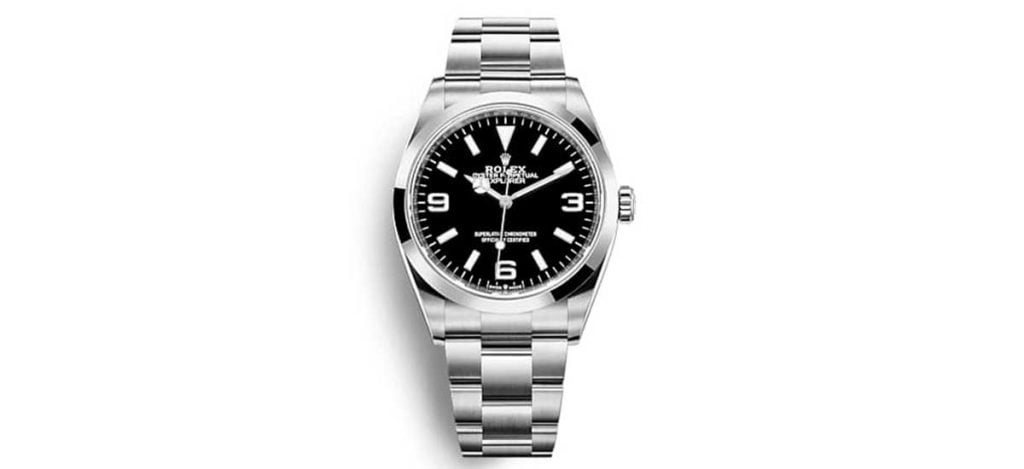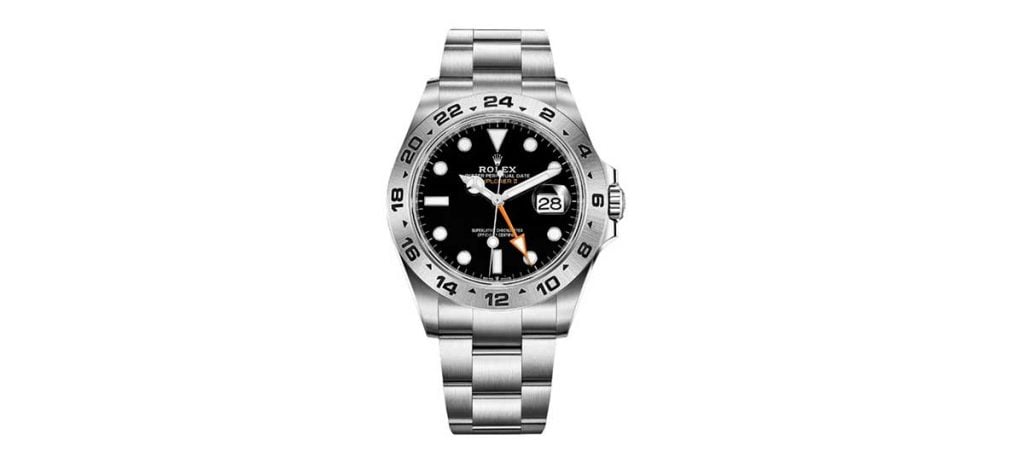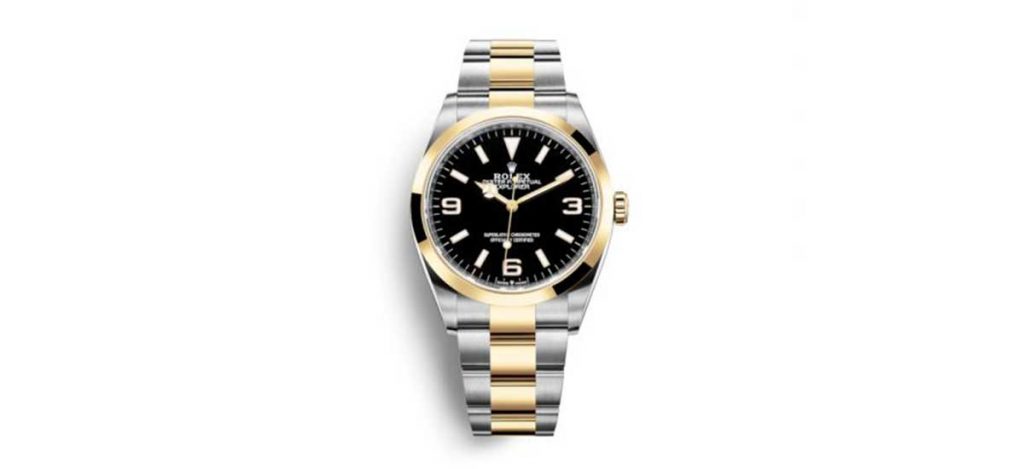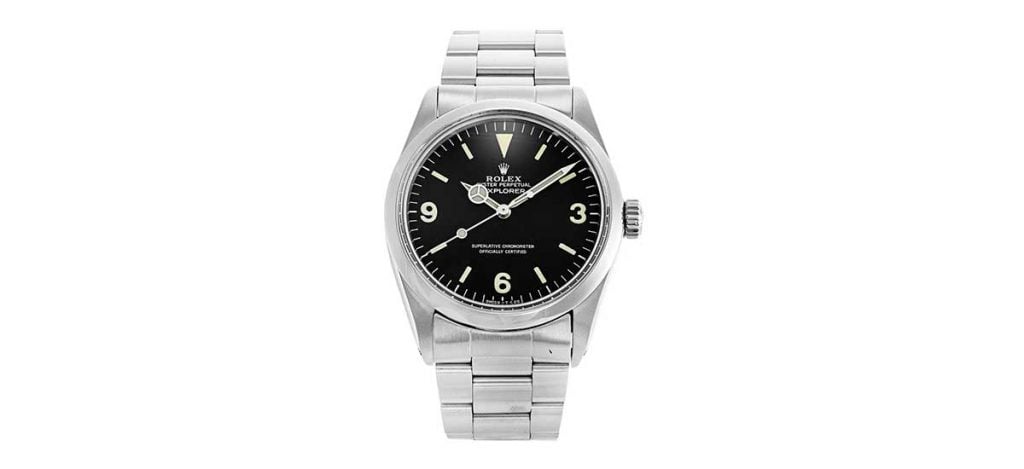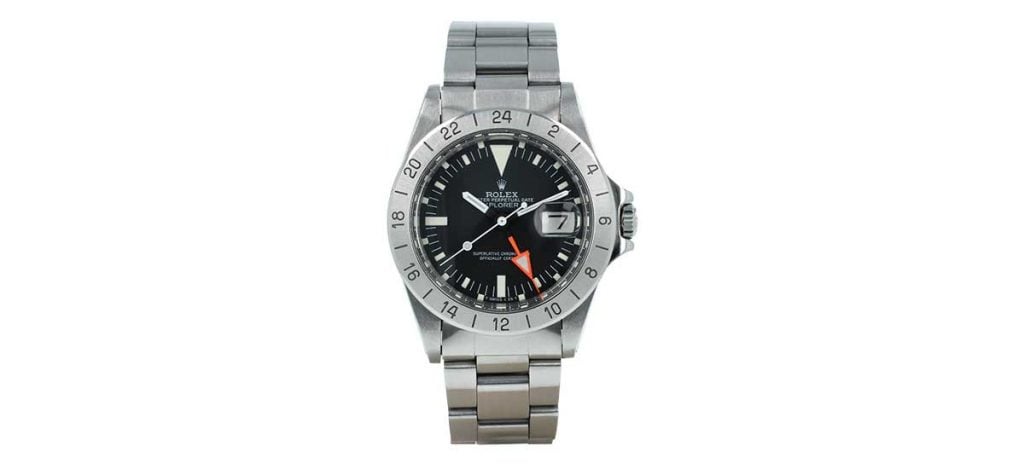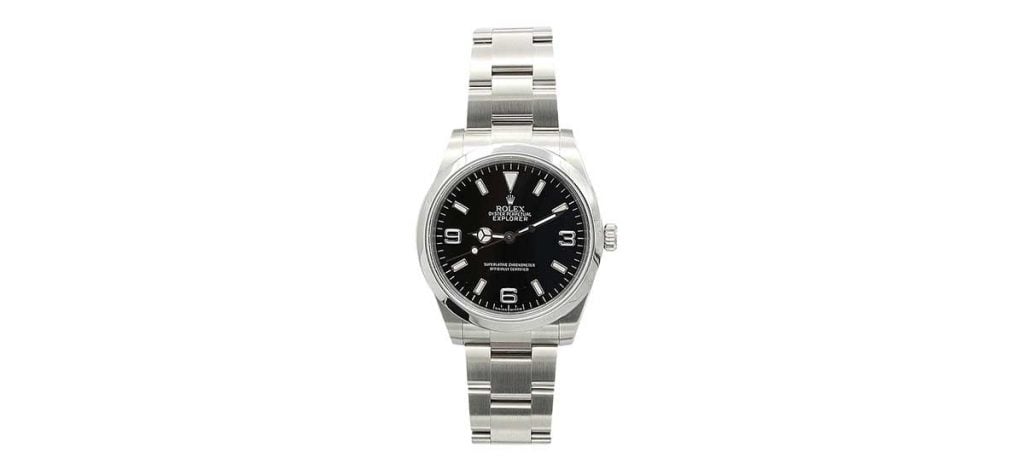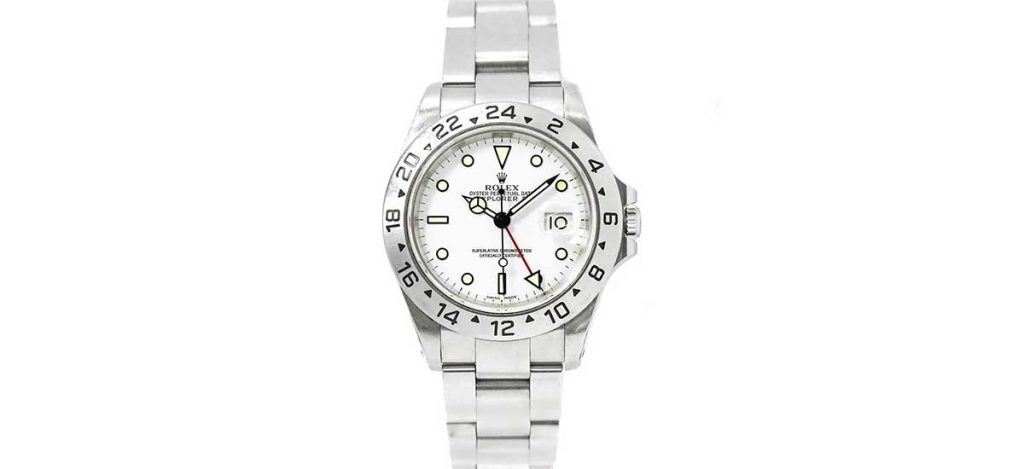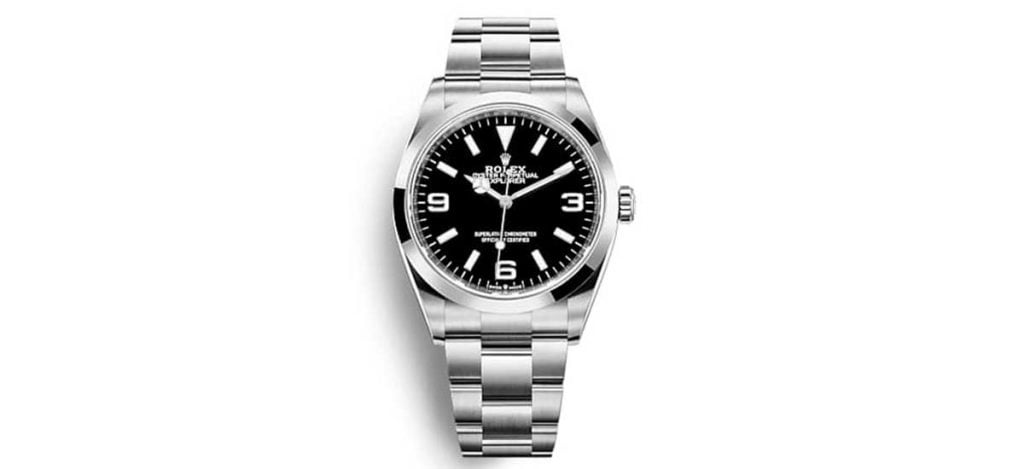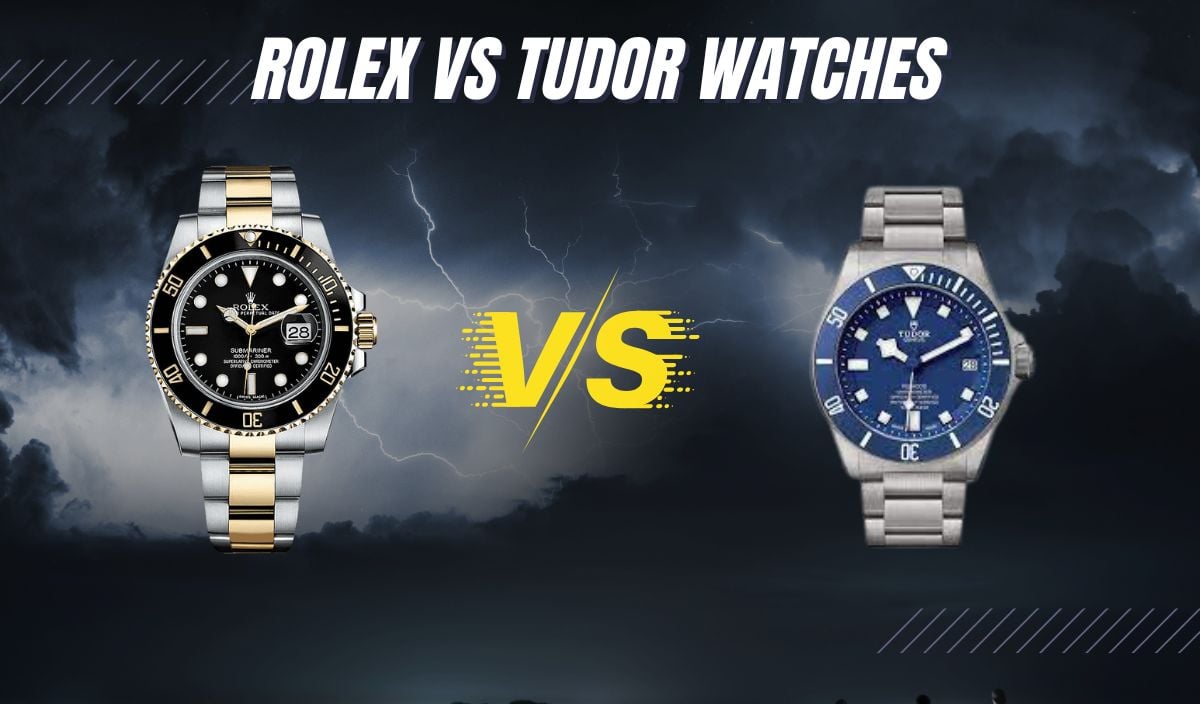
Founded by the same innovative watchmaker, Hans Wilsdorf, Rolex and Tudor are two venerated brands out of Switzerland that have made their mark on the industry. There’s a shared history between the companies, but there are also distinctions between the brands, which have grown in recent decades.
Both companies are considered luxury brands. However, Tudor is considered a more entry-level luxury, at least in comparison to Rolex. Rolex and Tudor both make exquisite timepieces that are useful, reliable, and durable and are popular among divers, explorers, adventurists, and beyond.
Rolex is the more well-known brand of the two and has a slightly longer history, starting in 1905. Rolex has contributed greatly to advancements in watchmaking. They’ve become a symbol of excellence and triumph. Rolex is the watch of choice for explorers, world leaders, and celebrities. They’ve set the benchmark for others in the industry to aspire to.
The Tudor company was registered in 1926 and took shape in the ‘30s. The brand has experienced a resurgence in recent decades and has started to come into its own.
In this article, we’ll compare and contrast these two companies, their intertwined histories, their similar models, and differences in style, design, engineering, cost, and resale. We’ll also examine the different markets they appeal to and why. All so you, our reader, can decide between the two and know what you’ll be getting from these two legendary watch companies.
About Rolex Watches
Today Rolex is at the pinnacle of the watch industry, and when we consider their storied history, the reasons for their iconic status will be evident. The company was actually founded in London, England, by Hans Wilsdorf, who knew watches, and his brother-in-law Alfred Davis, who was skilled in finance.
The company was relocated to Geneva, Switzerland, in 1908, where it remains to this day. The name was actually a word that Wilsdorf made up, as he wanted it to be the same in every language. At the time of Rolex’s founding, wristwatches were called ‘wristlets’ and were not popular for men. Popular culture at the time thought ‘real men’ should only wear pocket watches, an attitude Wilsdorf and Davis intended to change.
From the beginning, Rolex set itself apart in the industry by focusing on pushing the boundaries of watchmaking. Rolex made the first wristwatch to receive the Swiss Certificate of Chronometric Precision. They would revolutionize the watch industry with the first waterproof wristwatch in 1926 and the first self-winding mechanism in 1931. By 1945, emerging from the Second World War, Rolex introduced the first wristwatch with a date function.
About Tudor Watches
Hans Wilsdorf long desired to deliver quality, luxury timepieces that would be more accessible. This desire eventually spawned the Tudor Watch company, which was named after the Tudor period in English history of the 16th century. This was a nod to Wilsdorf’s admiration of British culture and an era he perhaps romanticized. A period that is known for exploration, adventure, and prosperity.
In the 1950s, Tudor released their Submariner, which became a favorite among divers. Long admired for its clean design and now famous snowflake hands, the Submariner showed the watch-buying public that Tudor could deliver a reliable, rugged, stylish luxury diver at a reasonable price.
In 1969, they released the popular Prince Oysterdate Chronograph, with its distinctive date display at 4 o’clock and self-winding movement. From the ’70s through the ’90s, Tudor’s market presence diminished, and they eventually pulled out of the American market altogether.
Tudor’s release of the Black Bay in 2012 put the watch company back on the map, and it began developing its own in-house movements. This was when Tudor started to really distinguish itself from its bigger brother, Rolex. No longer a poor man’s Rolex, Tudor has established its commitment to quality and found its own personality and identity in the marketplace.
Rolex vs Tudor Watches: The Battle of Two Iconic Swiss Watch Brands
Rolex and Tudor were not really designed to compete with each other. Rolex is the flagship, multi-billion dollar brand known for its innovation, which has pushed the boundaries of the watch industry. However, when it comes to their designs, they are seen by some to be more conservative and muted; though others would regard them as timeless and classic.
Their watches are made with the highest quality materials like 904L Oystersteel, grade 5 titanium, gold, and platinum, and they include diamond-studded designs. They tend to appeal to a more mature clientele, and they tend to be far more expensive than Tudor.
Tudor, on the other hand, is known for their more daring design choices. You won’t find a Rolex Submariner with a burgundy bezel, but that’s one of the eye-catching and forward-trending designs you’ll find on a Tudor Black Bay. Tudor had a long history of using cheaper ETA movements in their watches, but now they offer in-house movements that are just as accurate and reliable as the ones provided by Rolex.
In contrast with Rolex, Tudor focuses on a more limited selection of watch collections. While they’re made with high-quality materials, they’re generally not considered to be the same caliber or available in the same variety as those materials offered by their big brother. However, when buying a Tudor, one is getting a watch that, at least in terms of its engineering, is arguably just as good for a fraction of the price.
Brand Recognition
Rolex is far and away the leader in brand recognition. They’re quite possibly the most-known watch brand in the world. From Kings to US presidents to iconic actors and celebrated explorers, Rolex has adorned the wrists of some of the world’s most remarkable people and at some of their triumphs of achievement under the sea, in the air, and on land.
While Tudor doesn’t enjoy the notoriety of Rolex, it has developed a loyal following that’s only growing. For many, Tudor has found the sweet spot between quality and affordability, and their designs tend to be appreciated by a younger audience.
Model Variety
The Rolex lineup is more extensive when contrasted with Tudor. Rolex has a diverse offering of tool and dress watches from their Submariner to their sporty Daytona and Yacht-Master to their Datejust workhorse. Tudor has the Black Bay, Pelagos, and Heritage collections. Tudor designs balance vintage notes with more contemporary touches.
Build Quality and Durability
Both companies deliver everything a discerning luxury watch buyer would expect in terms of quality and dependability. Both brands produce high-quality timepieces that are built to last generations. Rolex does, however, subject its materials to a much higher level of testing to ensure dependability in the harshest of conditions.
For the average buyer, who is mostly behind a desk, doing little more than lighter physical activities, this difference won’t be noticed. But the adventurous few exploring the depths of our oceans and caves and those facing extreme temperatures on expeditions to the Arctic and beyond will likely have more peace of mind with a Rolex.
Movements
Rolex is known for making everything that goes into their watches, from the movements and the lubricant used to keep the gears turning smoothly to the forging of their own gold, steel, platinum, and titanium. With Rolex, you know you’re getting the best of everything. Their movements are second to none.
Tudor offers a mix of in-house movements made separately from Rolex, which has been celebrated in recent years. However, they’ve also been known to offer modified ETA movements that are acceptable but don’t measure up to Rolex standards.
Price and Availability
Tudor is considerably less expensive in contrast to Rolex. Their Black Bay can be purchased in the $4,000 to $5,000 range. The Rolex Submariner is more than double that. Rolex watches are also in high demand. If you walk into an authorized Rolex dealer today, you’ll likely be placed on a waiting list.
Even the gray market for Rolex watches is not where you go to get a deal anymore; you pay double MSRP to get a Rolex right now. In contrast, Tudor watches can mostly be purchased and worn out of the shop, same day, or with short wait periods.
Resale Value
Both brands do well in resale value. If well maintained, Tudor has no trouble holding its value, if not increasing in value over time. However, no watch company matches the demand and resale value of Rolex. Some Rolex watches increase considerably in value and make for good investments.
Profile Of A Rolex Owner
Rolex has long been a staple on the wrists of the wealthy and powerful, from presidents, prime ministers, kings, and queens to business tycoons and celebrities. Rolex is a symbol of success and status. Rolex watches can also serve as an excellent investment for these individuals.
Some celebrities or their families have seen their Rolexes sold privately or auctioned for seven figures. High-level professionals such as business executives, lawyers, and doctors are known to wear Rolexes. A Rolex might be a symbol for them of an achievement milestone in their career or education. Often given as a gift from family or work colleagues, Rolex is a great way to celebrate.
Some also see the timepiece as a status symbol that will indicate one’s class and wealth to others. Rolex has long appealed to professional divers, race car drivers, explorers, pilots, world travelers, and the military, who require the unique tools their watch collections offer, along with their precision and dependability, even in extreme environments, since, in some cases, every second counts and lives might be on the line.
Rolex puts their watches and materials through rigorous testing to ensure their timepieces work flawlessly, even under great pressure. Collectors, of course, value Rolex, given their storied history. Rolex has been a part of some great achievements in sports, diving, military conquests, scientific research, and discoveries.
Rolex is often valued above all other brands for their remarkable ability to hold their value and often increase in value, sometimes dramatically. They’ve also been on the cutting edge of advancement in the field of watchmaking. For all these reasons, collectors flock to Rolex.
Profile Of A Tudor Owner
While Tudor appeals to a comprehensive demographic profile, they’re primarily known to appeal to young professionals who want to invest in a luxury wristwatch. These buyers appreciate the balance Tudor strikes between quality and value.
Tudor is more fashion-forward than Rolex, which has proven desirable to a younger clientele. Tudor also appeals to divers and sports enthusiasts. Their Black Bay and Pelagos collections are excellent dive watches. The Pelagos especially has professional diving capabilities and a ruggedness that has earned the respect of professionals and those in the military.
Collectors are also attracted to Tudor because of their shared heritage with Rolex and the recent ways they’ve distinguished themselves with their own style and in-house movements.
Celebrities Who Wear Rolex
- Paul Newman, the American actor, race car driver, entrepreneur, and philanthropist, has long been associated with the Rolex Daytona.
- Sir Ian Flemming, a British spy during World War Two and the celebrated author of the James Bond novels, was known to wear a Rolex Explorer. His James Bond character was seen wearing a Rolex Submariner in the movies.
- David and Victoria Beckham have both been associated with Rolex. David, a former footballer (soccer player), and Victoria, a former Spice Girl singer.
- Roger Federer is a tennis legend and Rolex ambassador who has been seen wearing the Sky-Dweller and Datejust models.
- Rihanna, the singer, songwriter, and actress, has been seen wearing the Day-Date President.
- Jay-Z is an American rapper who has been photographed wearing a Submariner and the Day-Date President.
- Eric Clapton is a celebrated English music artist who has been seen with his Rolex Daytona.
Celebrities Who Wear Tudor
- Lady Gaga is a true triple threat, singer, songwriter, and actress known to wear Tudor’s Black Bay, as one of their ambassadors.
- Tom Hardy is a celebrated British actor who has been in many popular films like “The Dark Knight Rises”, “Mad Max: Fury Road”, and “Inception”. He’s been known to wear Tudor’s Black Bay.
- Jay Chou, a Taiwanese singer, songwriter, and actor, has been seen wearing the Black Bay and Pelagos models.
- Lady Louise Windsor is a member of the British royal family and has been seen wearing Tudor watches.
- David de Rothschild is an environmentalist and explorer who has been spotted wearing Tudor on his expeditions.
Rolex vs Tudor Watches: Top Models Comparison
Rolex Submariner vs Tudor Pelagos
First, we’ll compare the Rolex Submariner vs Tudor Pelagos. Both timepieces are excellent divers. The Submariner, first launched by Rolex in 1953, has become a watch icon. There’s an effortless cool factor about the watch. Worn by celebrities, professional divers, and the military, this is an excellent tool watch with great style and durability.
Its shiny black bezel, black dial, white indices, and Mercedes-style hands give this a classic design that Rolex hasn’t changed much over the decades. The Tudor Pelagos, first released in 2012, is known for its simple, clean design, snowflake-style hands, and dive capabilities.
| Submariner | Pelagos | |
| Case Size | 41mm | 42mm |
| Materials | Oystersteel case. The bezel is a Cerachrom insert in ceramic and coated in platinum. | Titanium case and bracelet with a satin finish. The bezel is also titanium. |
| Water Resistance | Up to 300 meters | Up to 500 meters |
| Movement | Rolex caliber 3230 automatic movement. A 70-hour power reserve. COSC and Rolex Certification after casing. | Tudor caliber MT5612 automatic movement. A 70-hour power reserve. COSC |
| Strap | Oyster bracelet 904L stainless steel with Oysterlock safety clasp and extension system. | Titanium bracelet with folding clasp and extension system. Also included is a complementary rubber strap with a tang buckle. |
| Additional Features | With or without a date function. Hacking seconds. | Helium escape valve and date function. |
| MSRP | $9,100 Sans date | $4,935 |
Rolex GMT Master II vs Tudor Black Bay GMT
Another great matchup is the Rolex GMT Master II vs Tudor Black Bay GMT. The GMT Master II was first released in 1983 as an update to the GMT-Master, first released in 1955. This timepiece was designed especially for pilots and world travelers, with its dual time zone function and 24-hour GMT bezel.
It’s a stylish timepiece with a two-color bezel and a variety of configurations. In 2018, the Tudor Black Bay added a GMT model with a two-color bezel, and they also offer a number of ways to customize the timepiece.
| GMT Master II | Black Bay GMT | |
| Case Size | 40mm | 41mm |
| Materials | The case is offered in Oystersteel, Yellow Rolesor, Everose Rolesor, Yellow gold, White gold, and Everose gold. Ceramic bezel insert | There are seven variations. All with stainless steel cases. Stainless steel or yellow gold bezel. Aluminum bezel insert |
| Water Resistance | Up to 100 meters | Up to 200 meters |
| Movement | Rolex caliber 3285 automatic movement. A 70-hour power reserve. COSC and Rolex Certification after casing. | Tudor caliber MT5652 automatic movement. A 70-hour power reserve. COSC |
| Strap | Offered in the 3-link Oyster or the 5-link Jubilee bracelet with material options in solid or two-tone yellow, white, and rose gold. | Many with stainless steel bracelets with a folding clasp. One two-tone gold and steel. Others with fabric and leather straps. |
| Additional Features | Date, GMT hand, 24-hour bezel, and hacking seconds. | Date, GMT hand, and 24-hour bezel. |
| MSRP | $10,700 starting price | $4,300 |
Rolex Explorer I vs Tudor Ranger
Our next matchup is the Rolex Explorer I and the Tudor Ranger. Both of these watches are fine examples of field watches for hikers, climbers, and outdoor enthusiasts. In 1953, Rolex introduced Explorer I to commemorate the Everest expedition by Sir Edmund Hillary and Tenzing Norgay; the first climbers to reach the summit of Mount Everest.
The legacy continues with the latest version of the Explorer I. Its smooth stainless steel fixed bezel, black dial with Roman numerals 3, 6, and 9, and Mercedes-style hands make for a classic design. The Tudor Ranger has been around since the late ‘60s and is a durable, sporty watch with a similar, but arguably bolder design than the Explorer.
The case and bracelet are brushed, with some minor polishing in places for contrast. The fixed bezel and black dial with 3,6,9, and 12 Roman numbers have been a consistent design feature from its earliest days. It’s a simple three-hand watch with ‘snake head’ style hands and a red tip on the second hand.
| Explorer I | Ranger | |
| Case Size | 36mm and 40mm | 39mm |
| Materials | Oystersteel or Yellow Rolesor case | Stainless steel case |
| Water Resistance | Up to 100 meters | Up to 100 meters |
| Movement | Rolex caliber 3230 automatic movement. A 70-hour power reserve. COSC and Rolex Certification after casing. | Tudor caliber MT5402 automatic movement. A 70-hour power reserve. COSC |
| Strap | 3-link Oyster bracelet 904L | 3-link stainless steel bracelet |
| stainless steel with Oysterlock safety clasp and 5mm comfort extension. There’s also the two-tone, yellow gold, and steel, called Yellow Rolesor | with safety clasp and T-fit (micro fit) system. There are other leather, rubber and fabric straps available from Tudor to purchase. | |
| Additional Features | Hours, minutes, seconds, and hacking seconds. | Hours, minutes, seconds |
| MSRP | $7,250 starting price | $3,150 |
Rolex Chronograph Daytona vs Black Bay Chrono
The Rolex Chronograph Daytona vs Black Bay Chrono. Like the Submariner, there’s just something about the Daytona that’s a bit larger than life. It’s named after the famous Daytona International Speedway, a racetrack in Daytona Beach, Florida. It’s also associated with iconic American actor, race car driver, entrepreneur, and philanthropist Paul Newman.
The timepiece comes in different configurations, but the shiny black bezel with the panda dial is an elegant look. Made from the highest quality materials and with a high-end tachymeter scale measuring up to 400 mph, this watch is pretty hard to beat.
The Black Bay Chrono originates from 2017 but borrows some vintage style cues from the ‘60s and ‘70s Tudor divers. The latest version comes in a couple of different configurations, looking most handsome with its two register panda style dial, date function at 6 o’clock, and its matte black bezel.
| Daytona | Black Bay Chrono | |
| Case Size | 40mm | 41mm |
| Materials | Oystersteel case, Yellow Rolesor, Yellow Gold, White Gold, Everose Gold, and Platinum. Ceramic bezel insert. | Stainless steel and steel bezel with aluminum insert |
| Water Resistance | Up to 100 meters | Up to 200 meters |
| Movement | Rolex caliber 4131 automatic movement. A 72-hour power reserve. COSC and Rolex Certification after casing. | Tudor caliber MT5813 automatic movement. A 70-hour power reserve. COSC |
| Strap | 3-link Oyster bracelet 904L stainless steel with | 3-link riveted steel bracelet with safety clasp. There are |
| Oysterlock safety clasp and 5mm comfort extension. There’s also the two-tone, yellow gold and steel, called Yellow Rolesor, Yellow Gold, White Gold, Everose Gold, and Platinum. | other leather and fabric straps available from Tudor to purchase. | |
| Additional Features | Three counter subdials (12, 30, and 60) and hacking seconds. Tachymetric scale bezel. | Two counter subdials (45 and 60) and date function. Tachymetric scale bezel. |
| MSRP | $15,100 starting price | $5,450 |
Are Tudor watches as durable as Rolex watches?
Tudor and Rolex manufacture their watches from similar materials. Both utilize high-quality metals like titanium, stainless steel, gold, and ceramic, ensuring durability and longevity. To declare one objectively more durable than the other wouldn’t be quite right because builds differ and one watch made of one material might not be as durable as another made from something entirely different.
What I can do instead is emphasize that BOTH of these watch brands are extremely high quality and are two of the most reliable pieces you can obtain. As unusual as it sounds, in this instance, I believe that price emphasizes quality. The reason why these types of watches are so expensive is because of the materials being used. The higher the price, the more valuable the material, and—in most cases—the higher value of the material translates to higher durability.
I will say that Tudor watches seem to fare better in deeper waters, often outmatching the water resistance of traditional Rolex lines, but since that is quite the niche preference, it might not do too much to persuade you. The bottom line is, when purchasing one of these pieces, you’re looking at two incredible brands that will outlast virtually anything you throw at it.
My only recommendation would be that if you’re looking for a watch that you could pass down through generations, then Rolex is the way to go since its value is notorious for increasing over time. Even still, I’m willing to bet that a high-quality Tudor watch will accumulate value over time as well, which makes it even harder to compare these two.
Parting Thoughts
Rolex and Tudor share a rich history, and both offer high-quality timepieces that won’t disappoint. While the brands weren’t designed to compete with one another, we’ve done just that in this article, setting up head-to-head matches to help our readers sort out which brand and model is right for their needs and desires.
Rolex is by far the more recognizable brand, and it sits at or near the top of the luxury watch market. Their watches are some of the most tested, precise, and reliable timepieces made. Their collections are broad, detailed and come in many configurations.
They’re also some of the most expensive and hard-to-get watches. However, they have a second-to-none resale value and tend to be the watch of choice for a more mature and wealthier clientele. Tudor offers buyers a good balance between quality and value, and they’re readily available. Some have called what they offer ‘accessible luxury’, and this philosophy and product appeals especially to young professionals.
Tudor has a shared history with Rolex, and they’ve benefited from Rolex’s engineering knowledge and prowess. The brand has distinguished itself in recent years with top-notch in-house movements and bold styles that offer vintage notes with modern touches.
While there might be a clear winner in one or two of our matchups or other conceivable matchup one could dream up, in most cases, it will likely come down to style preferences and budget for most buyers. However, if you’re a collector with a generous timepiece budget, why choose? Enjoy what both have to offer!


